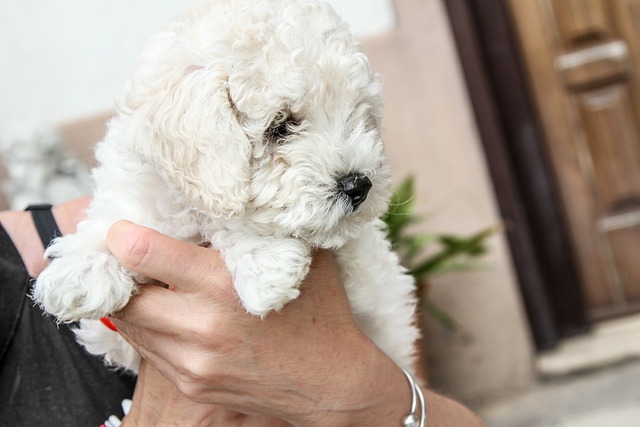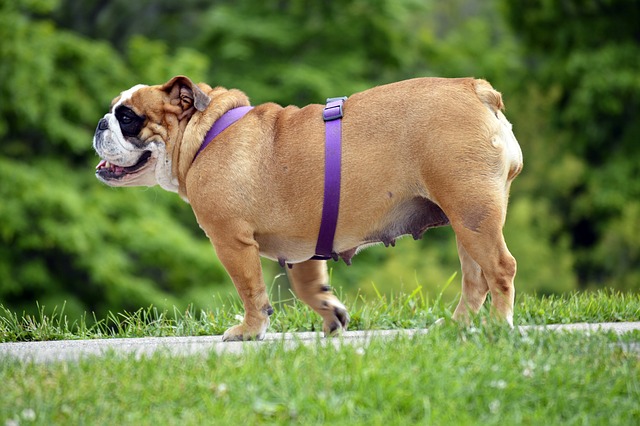
You care so much for your pet dog. You keep her in shape, purchase toys for her, make her play with you, brush up the dog, and reward her. However, you should note that there is a chance that the way your dog is fed will possibly affect its health and eventually result in death.
“Sixty percent of animal pets brought to the veterinary clinic are overweight,” explains Dr. Karen Halligan, the principal veterinary officer at the Lucy Pet Foundation. He also authored the book What Every Pet Owner Should Know.
Pets that are obese do not tend to last long – and the vet doctors say that in nearly every case, the people who own this pet are why these pets have unhealthy weights.
“When you watch the weight of your pet – and control the type of food they take – they tend to live 15 percent longer than usual,” explained Dr. Marty Becker, who is a veterinarian based in Idaho. Dr. Marty has also authored 22 different books on pets.
Keep on reading to discover the best way to feed your pet healthily.
7. Practice the act of controlling what you feed them.
A lot of dogs perform excellently when you control what you feed them, says Dr. Halligan. “They tend to enjoy exercising and playing more than being fed,” she explained.
When placed under a controlled feeding routine, the dogs consume the right food every day, considering their weight and feeding needs. People who are never aware of their dogs feeding needs should talk to their vet doctor or follow the instructions provided on the label of the dog food. “You should avoid leaving out their food. They tend to overeat when they get bored.”
Dogs also apply their instincts, Dr. Becker explains. “due to their nature, dogs are known scavengers. They have no idea when they would be eating next; therefore, they tend to overeat if they notice food. Pet dogs tend to crave for food all the time. It is ingrained in their brains. Pet dogs will kill themselves when fed continuously.”
6. Avoid the scraps on the table
When you regularly give human food to your pet dog, you tend to endanger their lives. In the first case, not every human food feels safe to pet dogs. Some types of human foods can seem deadly.
Dog food comes with the proper nutritional balance suitable for dogs. But human food? This is hardly the case. Excessive human food tends to lead to nutritional deficiencies in the dog. They also tend to expose the dogs to an excess amount of specific nutrients. You should also not feed the dog raw food substances, in which bones, meats, vegetables, and fruits are prepared raw, explains Dr. Halligan. If you have to give the food to them, you should try and do this occasionally and stick to the right food substances.
5. Adjust what you feed the dog according to the season
If the dog is active more during a specific season – for instance, if you jog with them during the summer or they tend to stay indoors during the winter, you should change the amount of food you feed them. Dogs that are active need an increased amount of food. “During winter, if they are not equally active, they may end up adding weight,” explains Dr. Becker.
4. Weigh up your dog
Also, you should continuously monitor the weight of your dog. This is quite difficult with older dogs; you may take them to the vet to do this. (Dr. Becker has a massive postal scale in the home to weigh the bigger dogs.) However, it is easy for the relatively smaller pets to use a household scale – and with smaller dogs, it is highly important to monitor their weights.
“You should be aware, if the weight of your dog moves from 16 pounds to 18 pounds,” explains Dr. Becker. “This is a huge weight gain. This is like a human gaining 180 pounds from 160 pounds.”
3. Avoid letting have numerous treats
Likewise, human beings you should occasionally feed treats to your dog. “Treats are now commercially available,” explains Dr. Halligan. “People tend to feed their dogs treats excessively.”
Calories obtained from dog treats should not be over ten percent of the dog’s daily caloric consumption. Becker explains that treats can be made to be healthy with low calories: for instance, blueberries, frozen green beans, and whole baby carrots. “also, you should not take treats as exceptions,” explains Dr. Becker. “Each time that your dog does something good, you are not expected to feed them treats all the time. They should be unpredictable.”
2. Make food somewhat of a puzzle.
It is known that dogs evolved from wild animals. While this may have nothing to do with your dog, know that his ancestors once were wild animals. And these ancestors of his spent most of their time searching, chasing, and struggling for food. These days we give our pets their food in bowls. This is not quite intriguing, says Becker.
Dr. Becker feeds his pet treats from puzzles he had made with them. He uses a particular toy that dispenses dog food or treats while stimulating their brains.
“Similar to adults, boredom seldom leads to issues of obesity,” explains Becker. A food puzzle “makes them use their skills, memory, and involves manipulation. Besides feeding their bodies, the food also feeds the minds of these dogs.”
1. Take out your dog
When we say that you should watch your dog’s weight, we are not only talking about food. All dogs need to play and exercise. Ensure that you take out some time to be active with the dog – you could also get yourself in shape!


